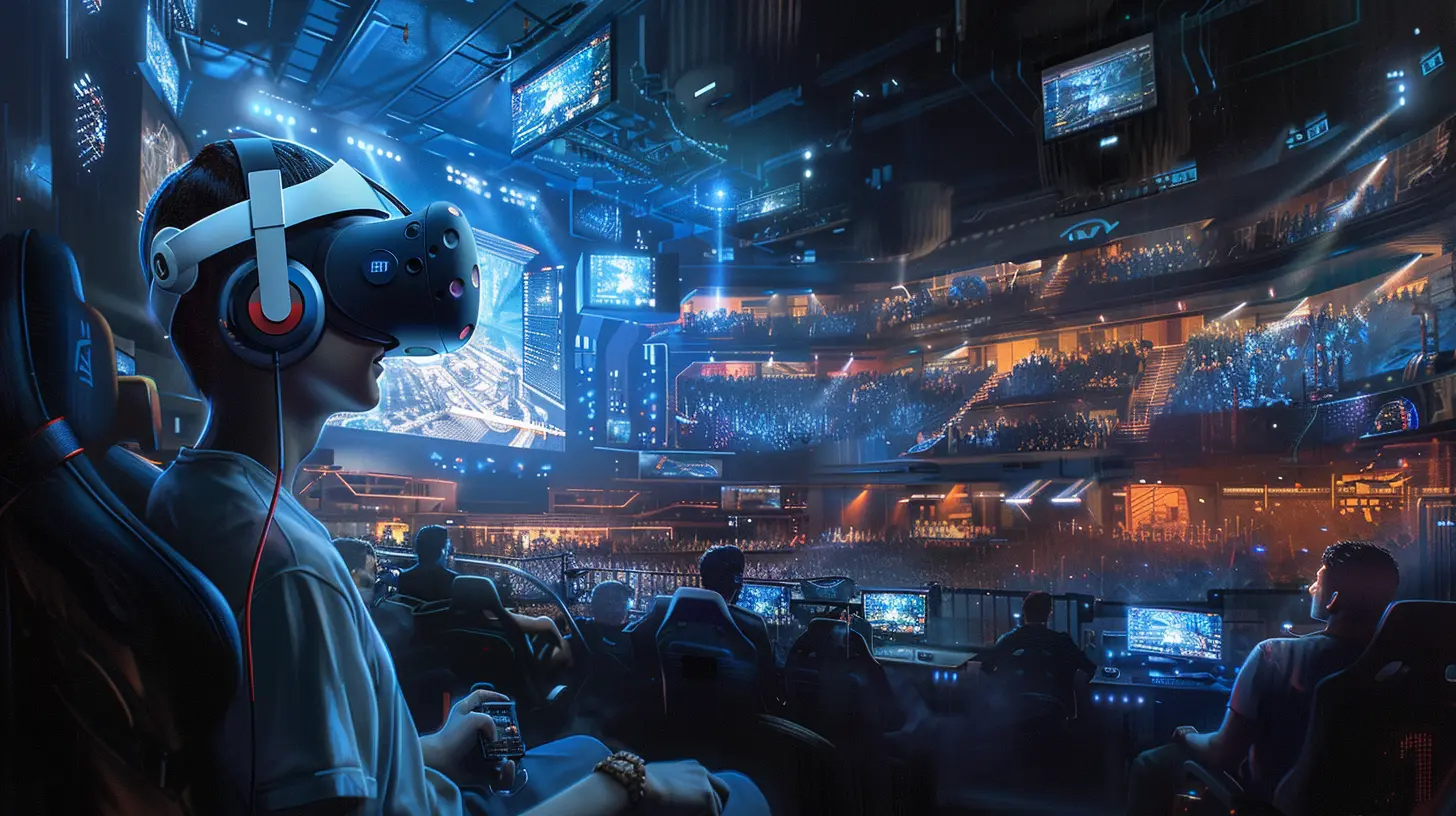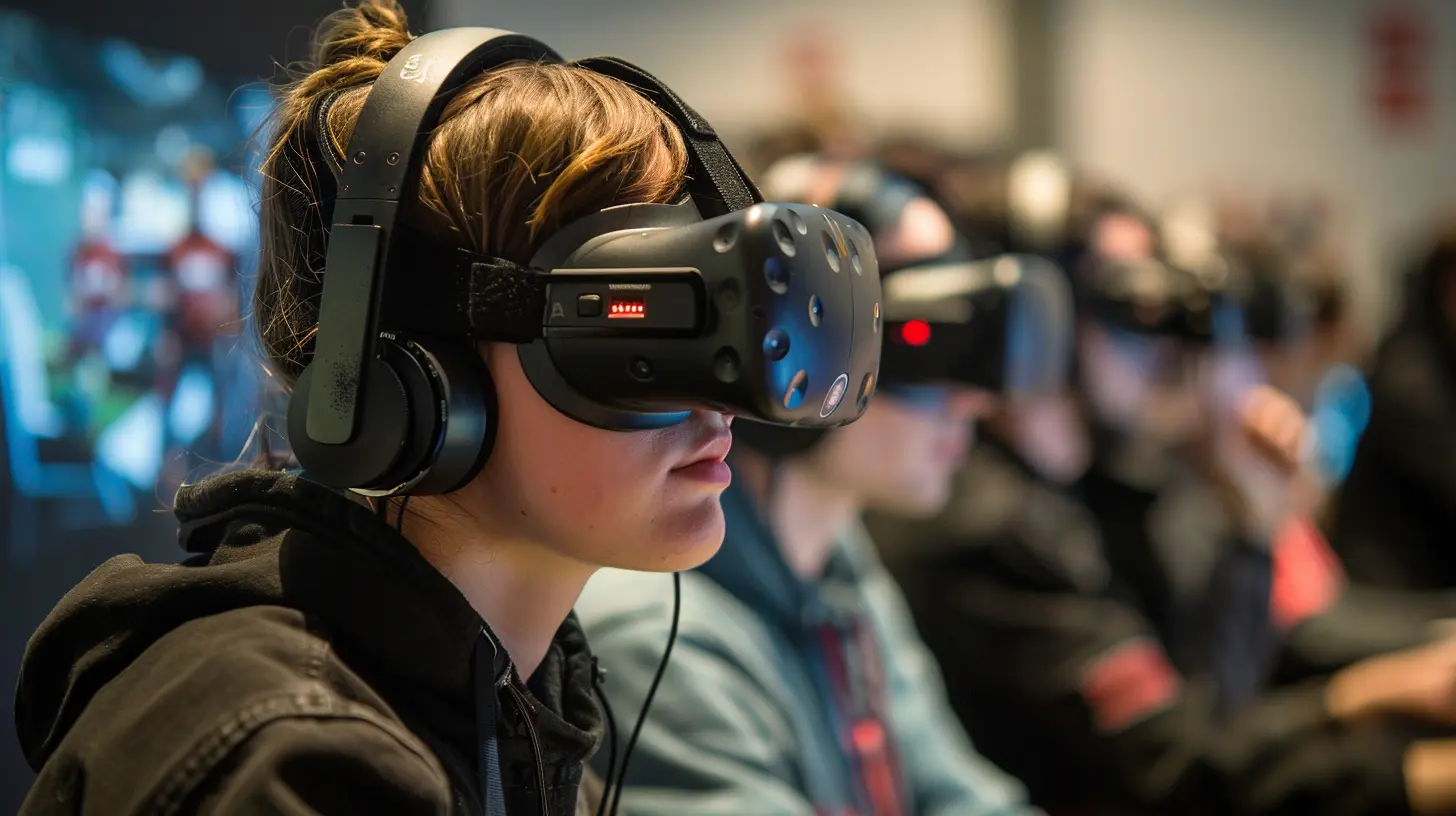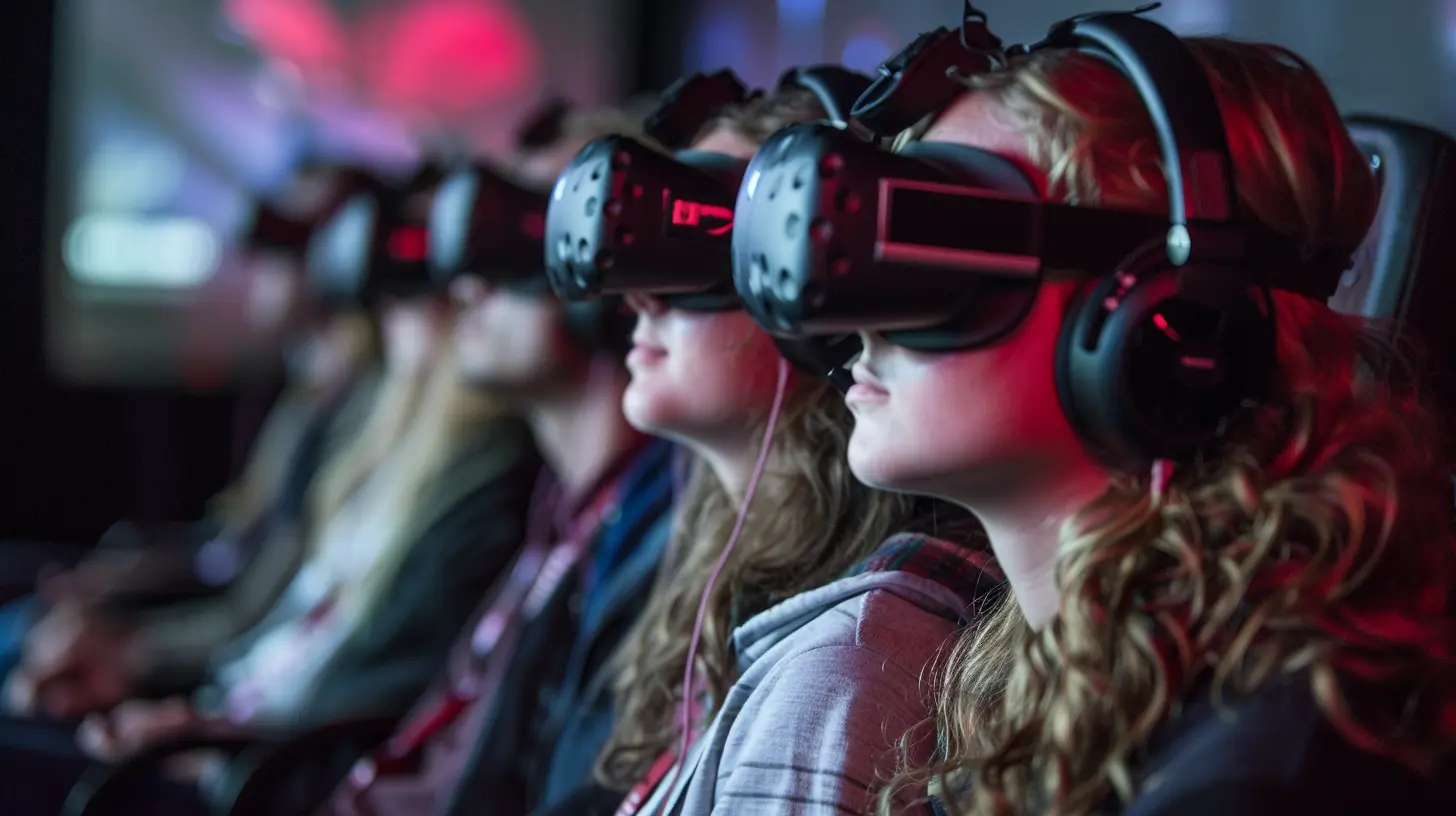How Virtual Reality Could Revolutionize Esports
12 August 2025
The world of esports is already massive, but what if I told you that it’s just scratching the surface? Imagine stepping into the game—literally. Virtual Reality (VR) is poised to take competitive gaming to an entirely new level, blurring the lines between reality and digital fantasy.
Could VR be the future of esports? Will it redefine the way we compete, watch, and experience gaming? Let’s dive into this mind-bending revolution and uncover how VR could change everything.

The Evolution of Esports – A Quick Flashback
Esports started as friendly competitions in arcades, but today, it has grown into multi-million dollar tournaments, filling massive arenas and breaking streaming records. Titles like League of Legends, Counter-Strike, and Dota 2 have made professional gamers household names.But there’s a catch—traditional esports still exist on a screen. Players sit in front of their PCs or consoles, relying on keyboards, mice, or controllers. While insanely competitive, this setup lacks one thing: physical immersion.
Enter Virtual Reality.

Virtual Reality – The Game-Changer
VR gaming isn’t just about strapping on a headset and holding controllers. It’s about total immersion—you’re no longer pressing buttons to perform actions; you are the action.Imagine physically dodging bullets in a VR shooter, swinging a sword in a VR battle arena, or running across a futuristic battlefield instead of using a joystick. The difference isn’t just impressive—it’s revolutionary.
But how does this impact esports? Let’s break it down. 
1. A New Level of Immersion
Traditional esports have always thrived on strategy, reaction time, and teamwork, but VR brings another layer—physicality. Players won’t just make tactical decisions; they’ll physically execute them.Instead of clicking to aim and shoot, they’ll have to steady their hands, line up their sights, and pull the trigger like they’re actually holding a weapon. This transforms gaming from a test of reflexes into a test of actual skill and endurance.
In essence, esports athletes won’t just be gamers anymore; they’ll be digital warriors. 
2. Greater Spectator Engagement
One of the key elements of esports’ success is its massive audience. Platforms like Twitch and YouTube Gaming have turned gaming into a spectator sport, but let’s be honest—there’s only so much excitement in watching someone click buttons.Now, picture watching an esports tournament in VR. Instead of viewing a flat screen, you could:
- Jump into a 3D arena and watch the action unfold as if you were inside the game.
- View matches from a dynamic first-person perspective, standing right next to the competitors.
- Walk around the virtual battlefield and see plays happen in real time from any angle.
This isn’t just another way to watch—it’s a revolution in esports viewing.
3. Physical Fitness Meets Gaming
Esports has faced criticism for not being "real" sports since it lacks physical movement. VR smashes that argument into pieces.Many VR esports titles require players to move, dodge, swing, and even jump. Gamers won't just be battling with their reflexes; they'll be relying on their endurance and agility.
Take VR games like Echo Arena or Beat Saber—these require physical stamina and coordination, making “gaming fitness” a real thing. In the future, VR esports athletes might train harder than traditional athletes, blurring the line between gamer and athlete.
4. New Esports Titles & Genres
The rise of VR means entirely new esports genres could emerge. Right now, most esports fall into FPS (First-Person Shooter), MOBA (Multiplayer Online Battle Arena), or RTS (Real-Time Strategy) categories.But with VR, we could see:
- VR Battle Arenas – Players physically interact in high-tech digital coliseums.
- VR Fighting Games – No more button-mashing—every punch and kick is real!
- VR Racing Leagues – Full-body control over futuristic racing machines.
- VR Survival Games – Tactical survival-based competitions where movement and stamina matter.
These new competitive formats could redefine esports as we know it.
5. Rise of VR Esports Leagues & Tournaments
In recent years, VR esports leagues have already started emerging. Games like Onward and Echo VR have established competitive scenes, but this is just the beginning.In the future, we could see:
- Global VR esports tournaments held in virtual arenas.
- Fully immersive VR stadiums with live audiences joining as avatars.
- VR-powered esports organizations signing physical-fitness-focused gaming pros.
This isn’t just a distant dream—it’s happening right now, and it’s only going to grow.
6. The Challenges Ahead
Of course, no revolution comes without its hurdles. VR esports faces some major challenges:- Expensive Hardware – VR headsets and equipment aren’t cheap. High-end VR setups cost hundreds, if not thousands, of dollars.
- Physical Limitations – Unlike traditional gaming, VR esports require space to move. Not everyone has room for a full VR setup.
- Motion Sickness – Some players struggle with nausea in VR, limiting competitive play.
- Internet Latency – VR esports require stronger internet connections to avoid lag and performance issues.
But tech advances at lightning speed. As VR becomes more affordable and optimized, these challenges could diminish over time.
7. The Future of VR Esports – Where Are We Headed?
So, what does the future hold? Will VR esports overtake traditional esports? Not anytime soon. Traditional gaming is deeply rooted in the industry and still has its own charm.However, VR esports won’t stay niche for long. As headsets become cheaper, internet speeds improve, and game libraries expand, VR esports could become a mainstream phenomenon.
In 10 years, we might see:
- Olympic-style VR esports events.
- Full-body tracking VR suits for ultimate immersion.
- Haptic feedback gloves making virtual objects “feel” real.
- VR esports gyms where players train in real-world environments.
If that sounds like sci-fi, just remember—20 years ago, esports itself was considered a joke. Look where we are now.
Final Thoughts
Virtual reality isn’t just a passing trend—it’s a technological shift that could redefine competitive gaming forever. Imagine a world where esports athletes aren’t button-smashers, but physical competitors in a digitally-augmented coliseum.Are we ready for this next step? Only time will tell. But one thing’s for sure—esports and VR are on a collision course, and the future of competitive gaming is about to get a whole lot more real.
all images in this post were generated using AI tools
Category:
EsportsAuthor:

Michael Robinson
Discussion
rate this article
1 comments
Gideon Sanchez
This article offers insightful perspectives on the transformative potential of virtual reality in esports. The exploration of immersive experiences and enhanced player engagement highlights exciting opportunities for both gamers and fans. I look forward to seeing how this technology evolves within the esports landscape. Great read!
August 21, 2025 at 3:39 AM

Michael Robinson
Thank you for your thoughtful feedback! I'm glad you found the insights on virtual reality in esports engaging. Exciting times lie ahead!


